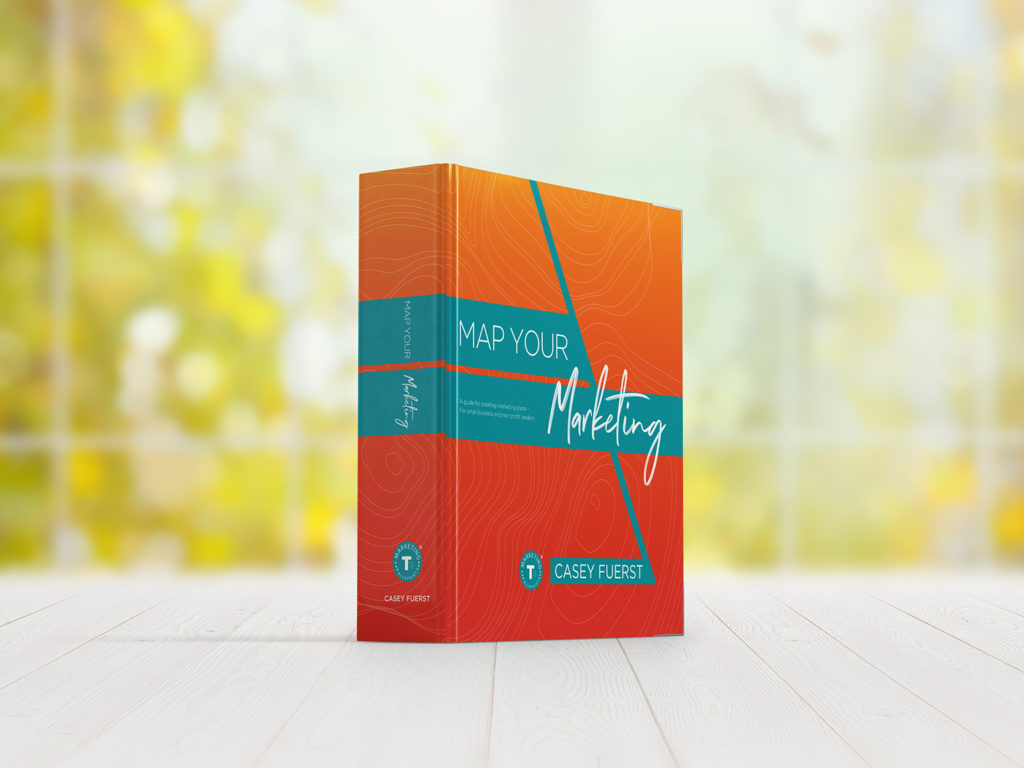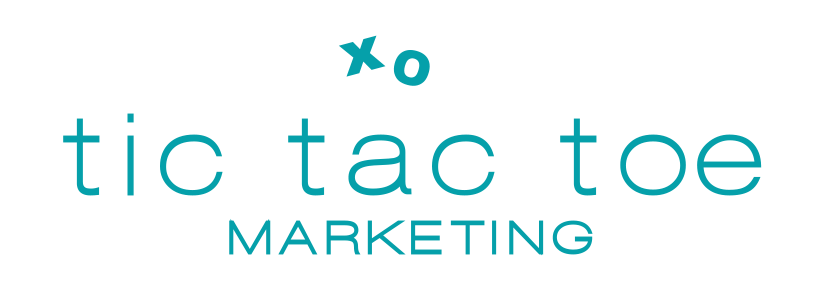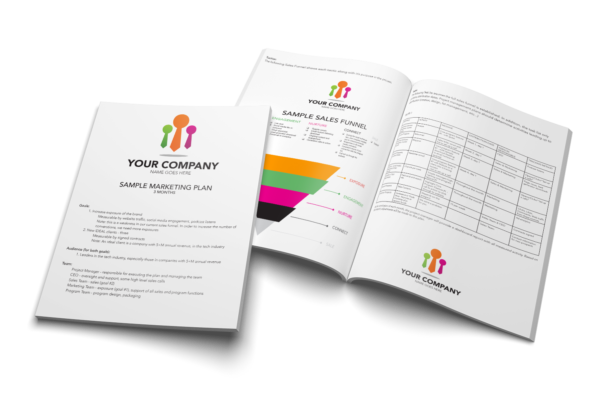Your team needs to know what you are working toward. Creating marketing tasks just to see what happens is only good if you are a researcher and statistician fascinated by the human response to marketing messages or if you are a gazillionaire and like to waste money. Assuming neither of these is true, let’s set some real goals.
To create goals, it is critical to start with where you are now. Next, you need to establish what goals are important. Are you working toward increased impact in your nonprofit? Perhaps a better bottom line means bonuses? Does your team believe in your product so much that increasing sales and knowing that others are experiencing the joy of your product inspires them? Help the team understand how reaching these goals will make positive differences for the organization and its customers.
Each item that you are creating marketing plans for will need its own goals. How you do this is mostly up to you, but make sure your goals are SMART! SMART goals are Specific, Measurable, Achievable, Relevant and Time-Bound.
Let’s talk for a minute about the difference between goals that are worth counting and those that aren’t. Goal-based metrics are the measure of things that relate directly to our goals. Vanity metrics are the measure of things that can affect future sales but are not yet there. This includes things such as “like” on social media, number of people who sign up for your lead generator on your website, etc. Vanity metrics aren’t bad, but they aren’t as good as metrics that relate to actual goals. If your goal is growing sales by 200%, a Facebook “like” isn’t as helpful a measure as an actual sale. While increased engagement can eventually lead to increased sales, it is important to acknowledge the difference and make sure your goals are measuring the right things.
As leaders, when we are focused on the wrong goals, we are using valuable resources in ways that aren’t going to affect the bottom line. If your goal is to increase online engagement by 100%, you are investing in brand awareness. If you are a larger company, this might be a worthwhile activity, but for most nonprofits and small businesses, your resources need to be much more focused. The activities that support reaching those goals will likely increase your brand awareness and your online engagement, but that isn’t the point. The point is the actual, real-life, fully-realized, honest-to-goodness SALE. It is okay to include vanity metrics in your goals, but make sure they aren’t the focus. The ultimate goals are the ones that affect bottom-line, mission and impact.

Options for goals
• Number-based measure
• $# or % of growth
• Reaching the budget line
• # or % of new customers
• # or % of retained customers
• $value of growing individual customer sales
Vanity Metrics
• Customers love your product – # of customer reviews online
• Increased positive social media engagement
• Increased attendance at events
Strategies for Growth
Consider what it will take to obtain growth. Brian Tracy, in his book Marketing, defines the following five strategies for growth.
1. Sell more of your existing products by
a. Modifying them
b. Advertising more
c. Bundling
d. Unbundling
e. Expanding your distribution channels
f. Lowering your price
2. Sell new products or services to your current audiences
3. Sell your existing products to new audiences
4. Develop new products for your current audiences
5. Find complementary products produced by other companies and cross-market.
Let’s look at these options in the case of Beach Love Bag Company. Beach Love Bag Company (BLBC) sells bags made for outdoor use — functional, easy to clean, water and sun proof, eco-friendly.
In 2018, BLBC sold:
| Product | Units Sold | Gross Value of Sales |
| Sun & Sand Bag | 819 | $32,760 |
| Sweat & Sun Bag | 220 | $6,600 |
| Family Fun Bag | 3283 | $282,338 |
| TOTAL | 4322 | $321,698 |
In 2019, BLBC wants to increase gross revenue by 40% (2019 Gross Revenue Goal: $450,377). They are going to use Brian Tracy’s strategy #1 and #5 to increase their sales.
To reach their goal, they have decided to focus on their top two selling bags and eliminate the third from production. By doing this, they can spend more of their marketing budget on reaching families and beach-goers specifically. Both are audiences where they have better leverage. Plus, their audience profile worksheets show that they have a better understanding and access to these groups.
In addition to their increased focus in these audiences, they are packaging the two items along with a beach blanket produced by a fantastic company that markets to the same audiences. While the addition of this product doesn’t increase the dollars they receive from each sale, it does expand its reach.
2019 Goals
| Products | Goal: Units Sold | Goal: Gross Value of Sales |
| Sun & Sand Bag | 1385 | $55,400 |
| Family Fun Bag | 4600 | $395,600 |
| TOTAL | 5800 | 451,000 |
Audiences
In big companies, it is the marketing department’s job to know the audience and get them in the door. It’s the customer service department’s job to take care of them after that.
This all works because most of the time, these large companies are creating commodities. You do NOT want to create a commodity. Commodities are interchangeable with other brands and products. Commodities are the things you buy because you need them or because it’s a habit, not because you are passionate about the brand or how the product solves a problem for you. Think about your toilet paper. Do you buy the same brand all the time or do you buy what’s on sale? If you buy a specific brand because you like its features or its price, it is more than a commodity. If you buy what is on sale because toilet paper is just toilet paper, it is a commodity.
Your brand and your product/service is better than a basic commodity. You want and need to be a part of your customers’ lives in a unique way. You need these people to be passionate about your brand and what you offer. In order for this to happen, you must know your customer well.
Let’s use a nonprofit fundraising department as an example. Sure, it is the primary responsibility of the development officers to know the organization’s donors. They need to be able to describe, in general terms, the demographics of the donors – the age, geography, likes, dislikes, and desires of the donors. It is also important to know their names. In fundraising, it isn’t enough to just make the sale, it is all about relationships. And, knowing these people – in general and specifically, can’t just stop with the fundraising professionals. The program department, marketing department and administration all need to know these individuals. When those relationships are deeper than surface level, the gifts get larger. When the gifts get larger, the impact of the organization grows. Isn’t that the ultimate goal?
Now, take the same principles and apply them to small business. The customers who are buying from your retail boutique are no less important than those donors who are giving to the nonprofit. You need to know them. You need to have relationships with them. When that happens, they buy more; they tell others about you; and they keep coming back.
There is a big difference between marketing that only pushes information out to people and that which creates relationships with people.




